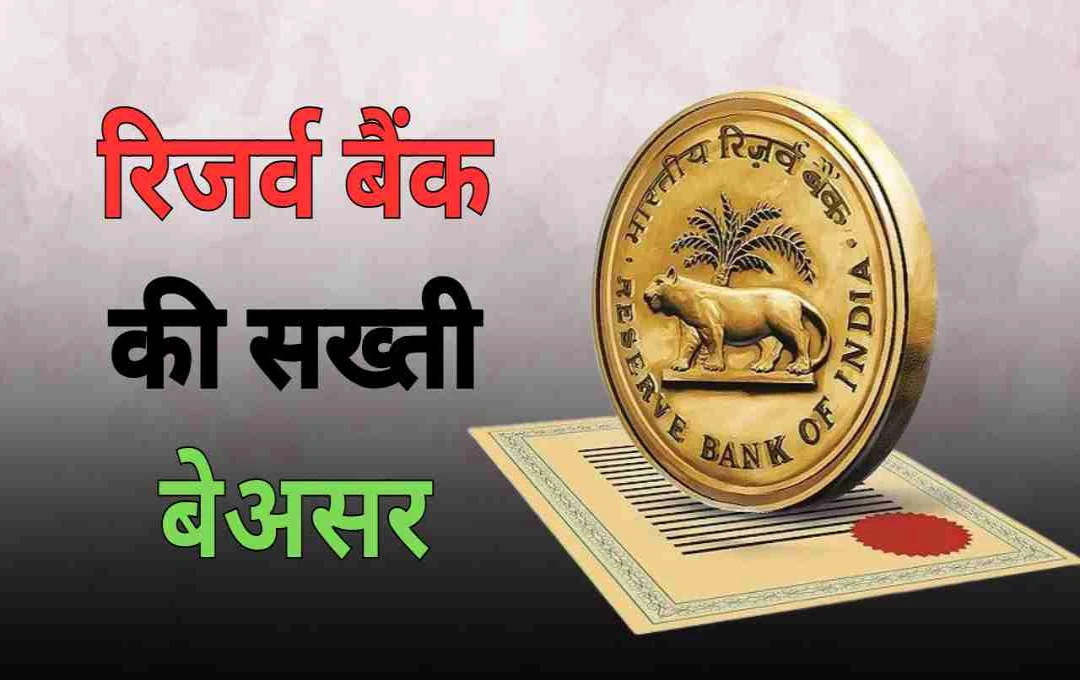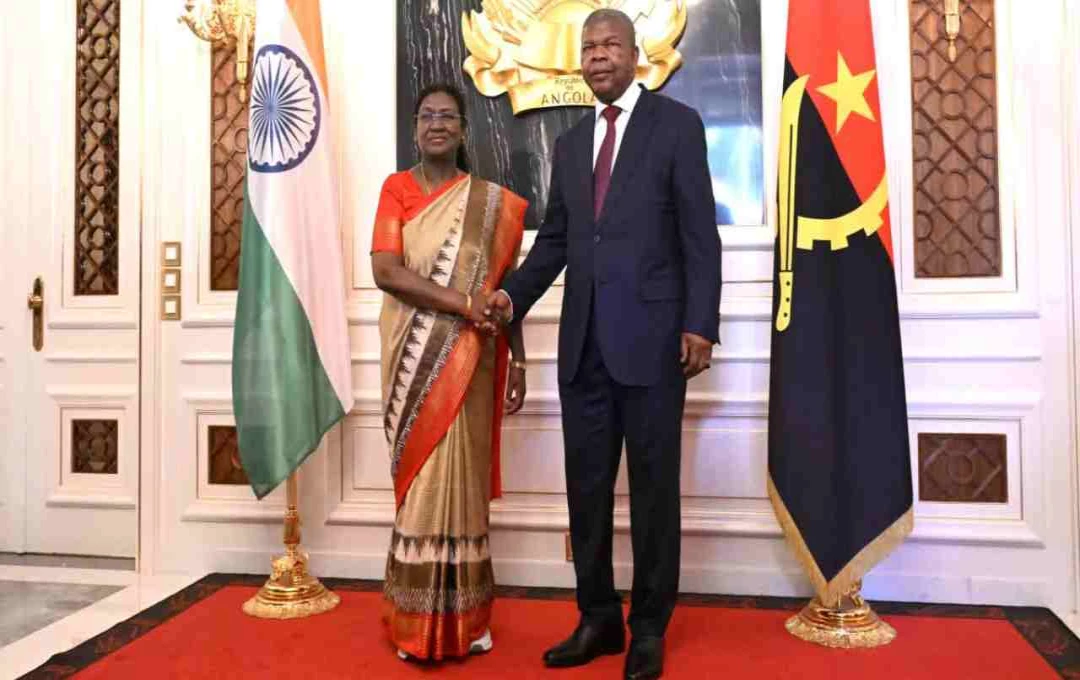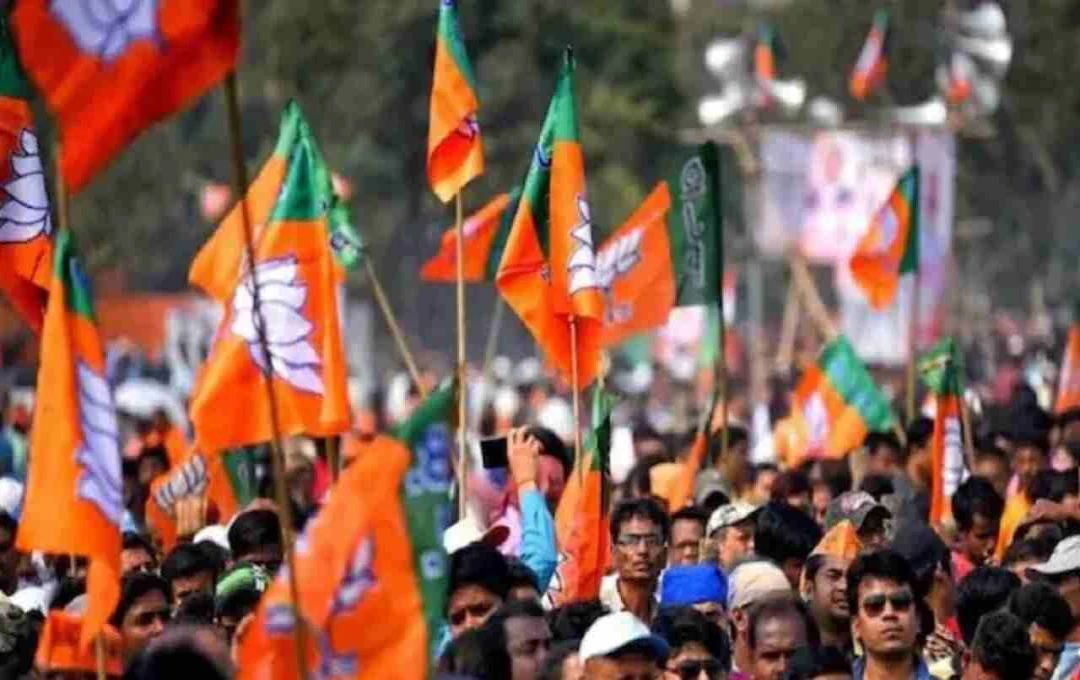The Reserve Bank of India (RBI) recently conducted Variable Rate Reverse Repo (VRRR) auctions to remove excess liquidity from the banking system. Despite this, a net liquidity surplus of approximately ₹4.09 lakh crore was observed in the banking system on Sunday. This level is considered the highest since July 3rd.
According to the RBI's latest data, the primary reason for this liquidity surplus is heavy government spending. Significant amounts of cash have reached banks due to government schemes, subsidies, salary payments, and other expenditures.
Short-Term Rates Below Repo Rate
When there is excess liquidity in the market, its impact is clearly seen on interest rates. Currently, the overnight weighted average call rate has fallen below the repo rate of 5.50 percent. On Monday, it stood at 5.37 percent. Similarly, the overnight tri-party repo rate was recorded at 5.22 percent, which is below the standing deposit facility rate of 5.25 percent.
When liquidity is high, banks start lending to each other at lower rates, which puts pressure on short-term rates. This is why the regulator, the RBI, conducts VRRR auctions to keep interest rates around their target level.
More Auctions Expected
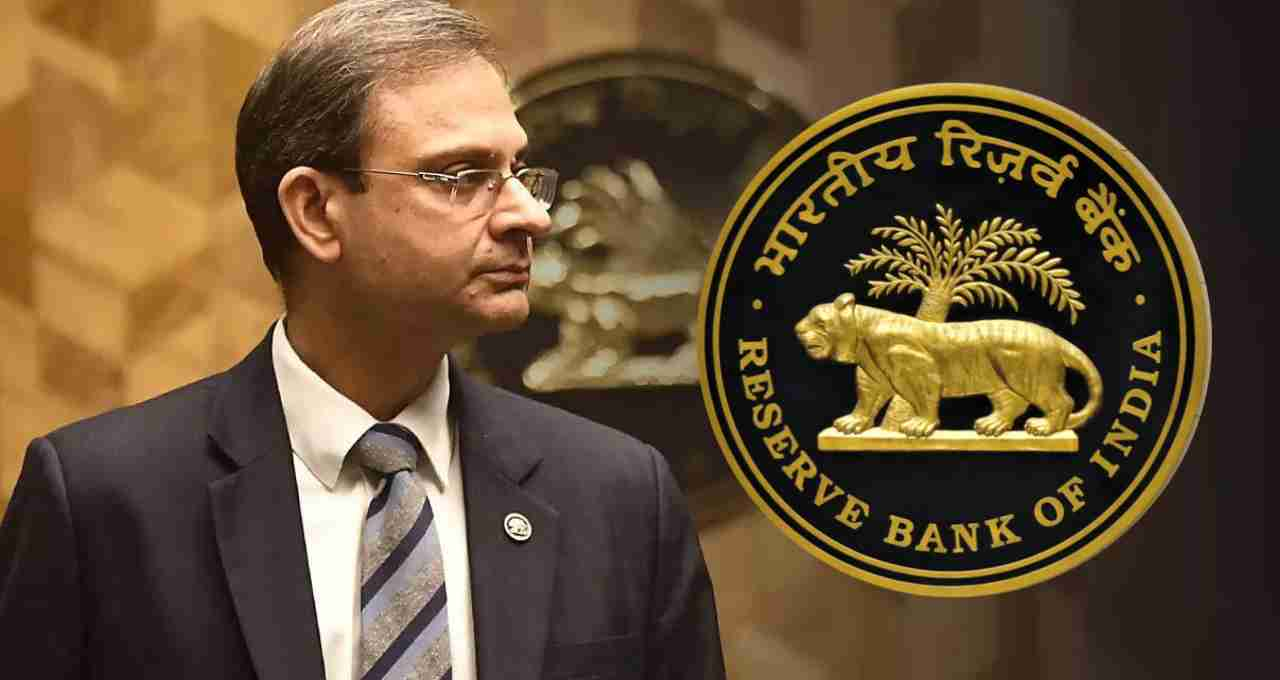
The RBI strives to maintain only the necessary amount of liquidity in the banking system. If liquidity is excessive, it can distort interest rates. Experts believe that given the current situation, more VRRR auctions are likely to occur in the coming days.
According to a treasury official at a leading private bank, government spending has increased cash flow, which is why short-term rates are declining. He stated that if the situation persists, the Reserve Bank may have to conduct auctions repeatedly to bring overnight rates closer to the repo rate.
Rupee Starts Strong
While banks have ample funds, the rupee's condition has weakened. The rupee started at ₹87.21 per dollar on Monday, but within a few hours, it fell to ₹87.70 per dollar.
Dealers reported that as the rupee weakened, the Reserve Bank intervened to prevent further decline. Subsequently, the rupee closed at ₹87.66 per dollar at the end of the day. This was 11 paise weaker compared to the previous trading day.
Heavy Dollar Demand Behind Weakness
The biggest reason for the rupee's weakness is the demand for the dollar. Currently, oil companies, foreign investors, and importers are heavily buying dollars. According to dealers, investors in IPOs that did not receive full subscription in NSDL were refunded, and those funds are being converted back into dollars, further increasing dollar demand.
Anil Kumar Bhansali, Executive Director of Finrex Treasury Advisors LLP, said that the most buying in the market came from oil companies and FPIs. Additionally, dollar purchases increased due to refunds from unsubscribed IPOs.
FPIs Are Making Significant Withdrawals
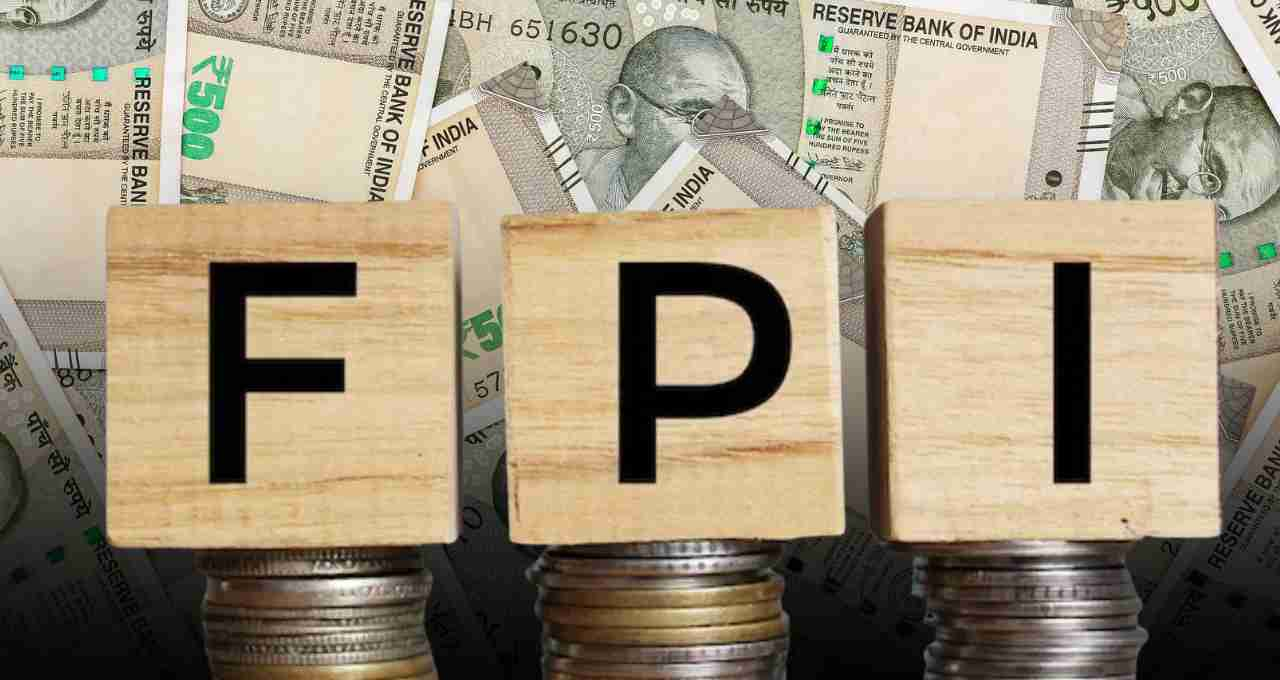
Since the beginning of August, there has been heavy selling in the Indian stock market by foreign portfolio investors. Foreign investors are continuously withdrawing their money, and this is directly affecting the rupee.
Dealers say that when FPIs sell their holdings and withdraw funds, they are converted into dollars and sent out. This further increases the demand for dollars and puts pressure on the rupee.
Growing Trade Tensions Between India and the US
Another major reason for the pressure on the rupee is the growing trade tensions between India and the United States. Recently, the US announced a 25 percent tariff on certain products imported from India. In response, India has made it clear that it will continue to buy oil from Russia and that there will be no pressure from the US on this decision.
India's stance has strained trade relations between the two countries. Indian companies dependent on exports are concerned about this tension because it is increasing instability in trade. Dealers believe that if this tension between the US and India increases further, it will affect the stock market, the rupee, and FPI flows.
